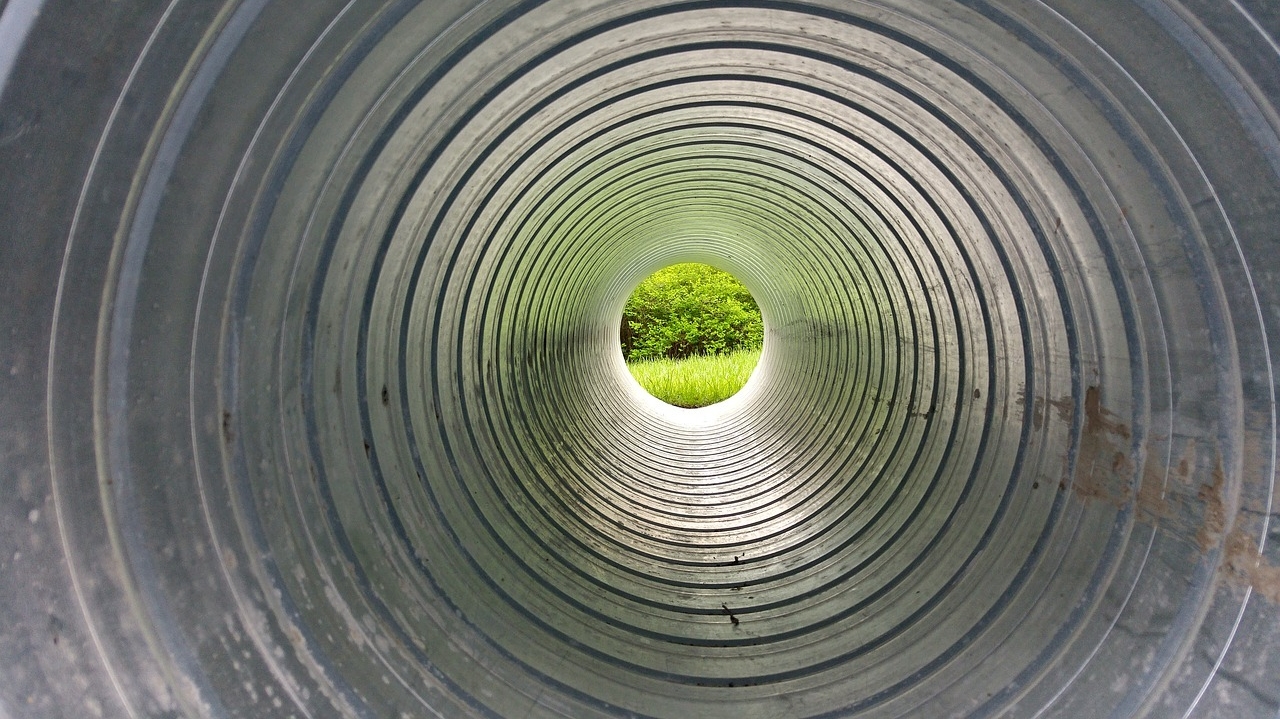Like corporate initiatives to reduce supply chain greenhouse gas (GHG) emissions, the GHG-based import tariffs being discussed by the United States and European Union are still progressing. While not specifically negotiated at the recent COP26, talk of tariffs were certainly “in the air” especially after U.S. President Joe Biden and European Commission President Ursula von der Leyen announced a “green steel deal” at the G20 summit just days before COP26 began.
The deal calls for the U.S. and EU to reduce the tariffs they levy against each other’s steel and aluminum imports (these tariffs were raised during the Trump era), while retaining tariffs on steel from countries that don’t reduce the GHGs emitted in the production of steel and aluminum they export. In a news release, the Biden Administration said the deal will counter the “flood of cheap steel” from China and other countries and reduce trade in “high-carbon steel and aluminum products.”
Most supply chain professionals probably consider “cheap steel and aluminum” a good thing: lower raw material costs generally mean lower prices on intermediate materials, parts, and finished goods. And chances are that few in the procurement field have ever given much thought to whether they were sourcing “high-carbon” steel or aluminum.
But getting up to speed on these new terms and concepts in trade can provide valuable long-term market intel. It will also help prepare procurement pros to more easily adapt when the carbon tariffs announced by Biden and von der Leyden—which are also being considered by other developed countries—begin to take effect.
What’s wrong with “cheap steel”?
The phrase “cheap steel” in the White House’s news release refers to long-running disputes over whether China—source of about half the world’s steel—has been “dumping” steel by exporting it at prices below cost. The EU and U.S. have imposed anti-dumping tariffs on China’s steel in the last several years—and in 2020, Britain, Australia, Thailand and several other countries initiated probes into whether China was dumping steel plates, grinding balls, galvanized wire and other products, according to South China Morning Post.
GHG emissions are now being layered on top of these typical trade disputes. As expected, China has been pushing back on the carbon tariffs since the EU announced its Carbon Border Adjustment Mechanism (CBAM) earlier this year. China’s Ministry of Ecology and Environment called CBAM “a unilateral measure to extend the climate change issue into the trade sector. It violates WTO principles … and (will) undermine mutual trust in the global community and the prospects for economic growth.”
Advocates for CBAM and other carbon tariffs say the WTO will likely rule that these measures are not protectionist—if domestic producers are subject to an equivalent tax on the GHGs emitted in their factories. For the EU’s proposed CBAM, that is already the case—or it will be when CBAM goes into effect – projected to be January 2026.
Under the existing EU Emissions Trading Scheme, large European GHG emitters must purchase carbon allowances—the equivalent of a tax—for every metric ton of carbon-dioxide they emit. Steel and aluminum (and dozens of other industries) are now given free allowances—based on the logic that they’re competing with exporters from China, Russia, Turkey, Iran and elsewhere that pay nothing for loading the atmosphere with GHGs. When CBAM goes into effect later this decade, the free allowance policy will end and the EU’s domestic producers will have to start buying allowances, and so will importers.
Those allowances are now priced at over €50 per ton. Analysts expect the 2026 price to be over €75. BCG recently estimated that carbon tariffs will therefore increase the costs of steel, aluminum, cement, and other products imported to the EU from countries like China and Russia by 15% to 30%.
U.S. carbon tariffs less certain
The Biden-von der Leyen deal notwithstanding, the Biden Administration’s proposed carbon tariff is less certain to be implemented than Europe’s CBAM. At the tail end of COP26, the U.S. and China announced a landmark agreement to work together to reduce emissions, and this may mean that the U.S. leaves carbon tariffs off the table in favor of measures that are more palatable to China. Also, if a Republican president is elected in 2024 or Republicans gain majority control of Congress in 2022, they would likely block carbon tariffs altogether.
Yet, the trend toward carbon tariffs appears to be strong. The EU’s carbon pricing and carbon tariffs have wide political support in Europe. And the Journal reports that leaders from other industrial sectors are also keen to see the U.S. impose carbon tariffs on their more carbon-intense overseas competitors. “America has an advantage from a lower carbon footprint,” Dow CEO Jim Fitterling told the Journal. “We want to continue to expand that advantage, and I believe a carbon border-adjustment mechanism will help.” The Journal also reports that Japan, the UK, and Canada have begun exploring carbon tariffs.
While it will be several years before carbon tariffs start to seriously impact prices on a bill of materials, the EU rules will require importers to calculate and report their emissions beginning in January 2023, barely a year from now. So, it’s not too early to start monitoring this emerging trend. “The idea has the potential to rewrite the rules of global commerce,” sums up the Journal. “Companies should accept that the EU’s carbon border tax will quickly start to change the competitive dynamics in their industries and their entire value chains,” echo the BCG analysts.





